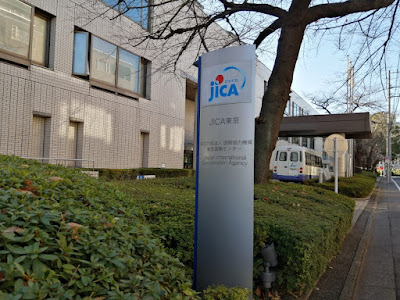I was so excited to know the relationship between the study overseas with English Spoken and Our English Score Result. That's why I took the English test last November 6, 2021. Another reason I took the English test is just for future preparation.
In this Covid-19 era, the English test is going online, and of course, the price is higher than the offline test. For example, the online test price for an ITP test is about IDR 550.000- I took the English test from IES.
The Institutional test online is consisted of three tests: Listening, Structuring, and Reading.
Here is my Score from the ITP test:
Listening Comprehension= 53
Structure and written Expression= 54
Reading Comprehension= 55
That's the Score after I return from Japan finishing my Master's Degree. Let's Compare my ITP Score before going to Japan:
Listening Comprehension= 52
Structure and written Expression= 57
Reading Comprehension= 55
After I compared it, I could conclude that my English score is relatively stable even though the Structure and Written part is decreased.
So, my question right now is How My study in Japan? And how is the relationship between the English Score and my study?
I can answer that; sometimes, yup, the English Score clearly shows our English ability, again practice makes perfect. I have a hobby to sharpen my English writing skill; this hobby is "writing my daily life story in English," so I can make sure that I don't have any severe difficulty in English writing. Because, when I was in Japan, there were so many English Paper writing. This hobby helped me a lot. So once again, do not be worried about the English Score but please practice a lot in writing.
Next, how about the English speaking skill?
I can say that I do not have any severe difficulty in the English speaking part because language is a blessing. The barrier to me is just about the vocabulary. Limited vocabulary makes our understanding also little.
Oh yeah, I took the ITP Test without preparation. I just prepared myself by taking one day off from the office. So all I need is my mental health. So that will do to cope with my anxiety during the test.
In the end, I just wanted to say that reading a lot of English articles is needed, and if we found the new word from the articles, directly we looked for its meaning from the dictionary. We also need to train our hearing.
That's from me today.




















